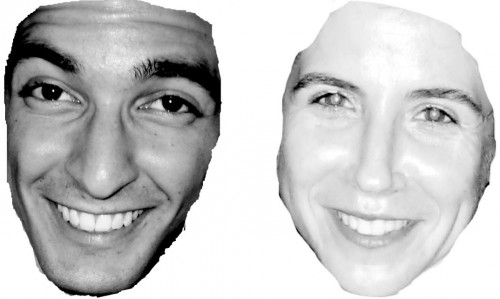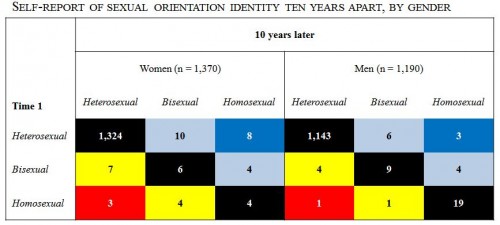I recently across two examples of cross-species education. Both illustrate that what we often consider instinctual must also often be learned, revealing that nature and nurture are not competitive forces, but deeply interconnected. The first is adorable to the point of making me cry from laughter, the second is so sad I can hardly stand it.
Here’s the first. A sheep tries to teach a young bull how to head butt. Words don’t do justice to the care and patience shown by this teacher.
Perhaps the bull just isn’t ever going to understand, but the fact that the sheep seems to understand that the bull doesn’t understand, and then thinks of an idea of how to fix that, is amazing to me. Presumably, he would take as much care with a young sheep who would be predispositioned for head-butting, but might still benefit from some instruction.
Here’s the second. Remember the movie Free Willy, where the captive killer whale is freed by a little boy? Well, in true Hollywood irony, the whale that played Willy, Keiko, wasn’t freed at the end of the movie, of course.
After the movie was released in 1993, however, people joined in a movement to free him. After 22 years in captivity, humans — who count as animals in this story — spent a decade and 20 million dollars trying to rehabilitate him to the wild, attempting to teach him how to feed himself and bond with wild whales. He continued to seek out humans, even after he was left to fend for himself, and died in 2003 from pneumonia.
There are lots of lessons to take from this story. One is the importance of nurture in making us what nature intended us to be. Keiko was a social individual who learned how to be a captive killer whale. Given the opportunity, he never could be the wild killer whale he once had the potential to be. Or, at least, we’ll never know if he could.
Whenever we talk about human biological imperatives, we should remember the patient sheep and the friendly killer whale. We need each other to become human, and we can become human in many different ways, depending on what is demanded of us. Nature never works alone. Without each other, we simply don’t become recognizably human at all — as one of the worst cases of child neglect taught us only too well — regardless of our biological potential.
Lisa Wade, PhD is an Associate Professor at Tulane University. She is the author of American Hookup, a book about college sexual culture; a textbook about gender; and a forthcoming introductory text: Terrible Magnificent Sociology. You can follow her on Twitter and Instagram.












